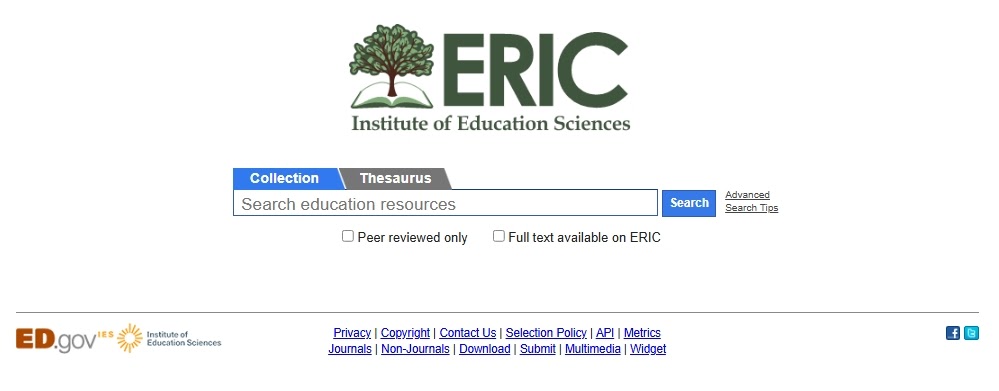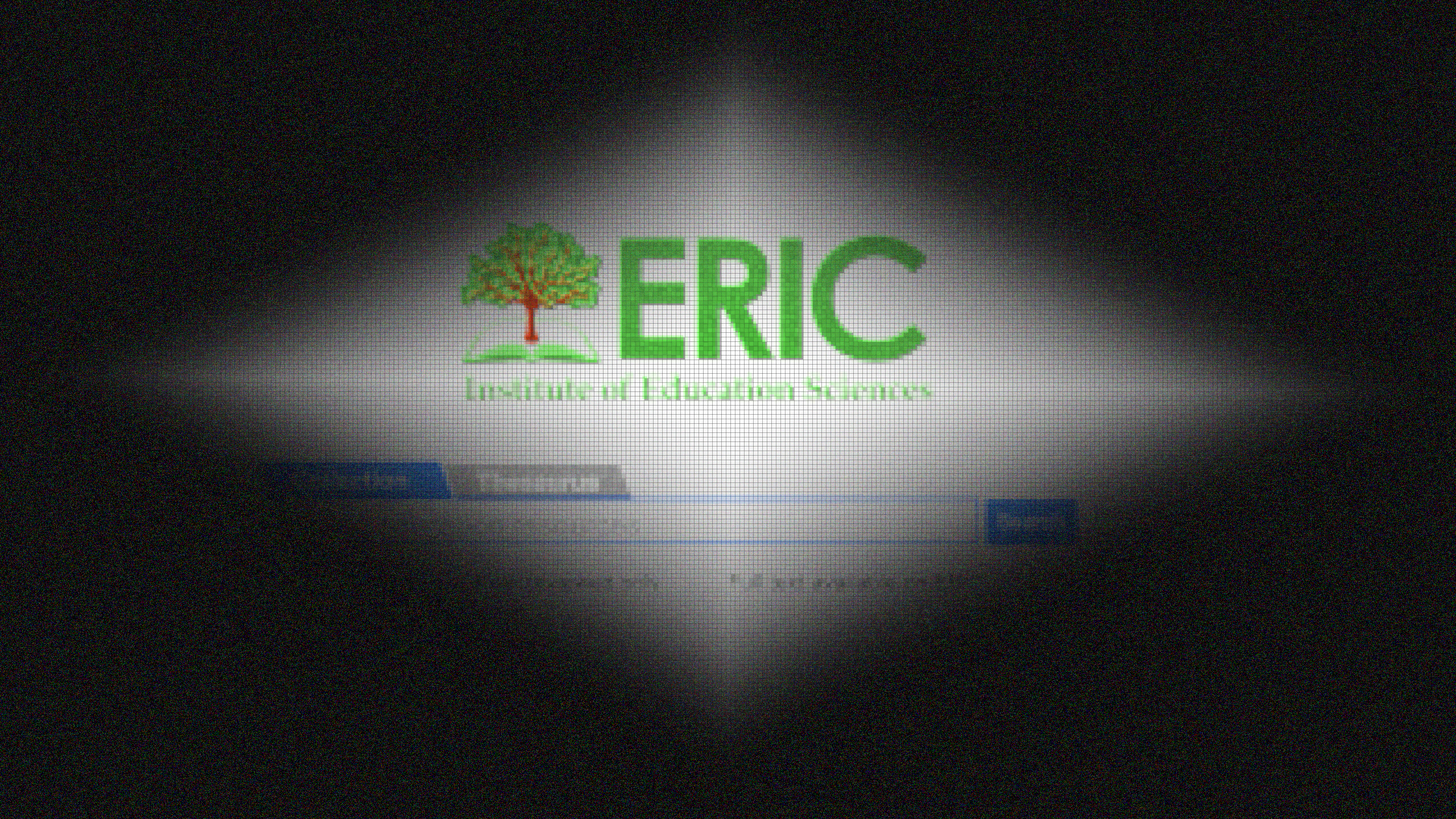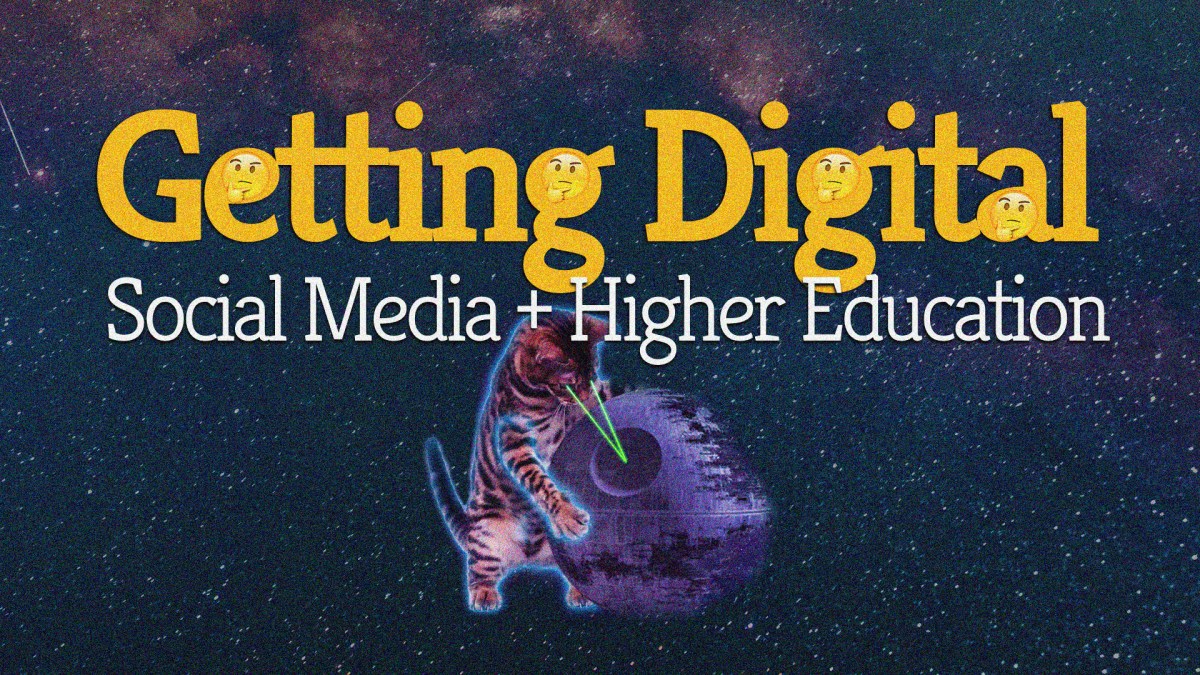When teachers search for help with lesson plans, parents look for answers on school policies, or researchers dig into the roots of America’s education system, many unknowingly rely on a public treasure: ERIC, the Education Resources Information Center. Behind nearly every meaningful Google result about U.S. education lies this carefully curated public database, an open-access archive of more than 2.1 million education documents funded by the U.S. Department of Education.
But this essential public good—free, accessible, nonpartisan—is now on the chopping block.
Unless something changes in the coming days, ERIC will stop being updated after April 23, marking the end of a 60-year-old institution that has helped educators, researchers, and policymakers base decisions on evidence, not ideology. The shutdown is not the result of budget shortfalls or Congressional gridlock. It’s a deliberate act of sabotage by the Trump administration, hiding behind the bland bureaucratic label of “efficiency.”
Dismantling by Design
ERIC has been a mainstay of U.S. education since the 1960s, originally distributed on microfiche and now operating as a seamless, open-access website used by 14 million people each year. Think of it as the education world’s PubMed—a foundational, publicly funded resource that supports millions of decisions in classrooms and boardrooms alike.
The platform is funded through a five-year contract set to run through 2028. But that contract is now functionally dead thanks to DOGE, the so-called Department of Government Efficiency, a newly created unit within the Trump Department of Education. Though Congress authorized the money, DOGE has refused to release it, effectively forcing ERIC into paralysis.
“After 60 years of gathering hard-to-find education literature and sharing it broadly, the website could stop being updated,” said Erin Pollard Young, the longtime Education Department staffer who oversaw ERIC until she was terminated in a mass layoff of more than 1,300 federal education employees in March.
Let’s be clear: this isn’t just about saving a database. This is about obliterating public access to knowledge—especially knowledge that challenges right-wing narratives about education in America.
The Anti-Intellectual Playbook
This is not an isolated incident. The Trump administration’s hostility toward public institutions, academic research, and intellectual labor has been a central feature of its governance. From banning diversity training to rewriting U.S. history standards, this White House has repeatedly attacked education systems that promote nuance, evidence, or inclusion.
ERIC is now the latest victim in a broader war on independent knowledge. It doesn’t just house peer-reviewed journal articles. It archives what’s known as gray literature—unpublished reports, independent studies, and school district evaluations that are often the only public record of how education really works in practice. These materials often tell inconvenient truths: about inequality, segregation, charter school corruption, and failed policies pushed by corporate reformers.
“Big, important RCTs [randomized controlled trials] are in white papers,” said Pollard Young. “Google and AI can’t replicate what ERIC does.”
But gray literature doesn’t fit neatly into Trumpworld’s political project. It can’t be weaponized into culture war talking points. And perhaps that’s why it’s being buried.
Defunding the Backbone of Evidence
Before being fired, Pollard Young was ordered by DOGE to cut ERIC’s budget nearly in half—from $5.5 million to $2.25 million—a demand she tried to meet, despite knowing the consequences. Forty-five percent of journals would have been removed from the indexing pipeline. The help desk would vanish. Pollard Young herself agreed to take over publisher outreach from contractors to keep the program alive.
Her plan was rejected with a single email in all caps: “THIS IS NOT APPROVED.” Then, silence.
“Without constant curation and updating, so much information will be lost,” she warned. And with her termination, ERIC has no federal steward left.
Make no mistake—ERIC is being suffocated, not because it failed, but because it succeeded too well. It made knowledge available to anyone with an internet connection. And for an administration that thrives on disinformation and division, that’s a threat.
Who Pays the Price?
Educators, researchers, and school leaders will lose the most. But the real tragedy is what this means for public education as a democratic institution. When vital information disappears or becomes inaccessible, it opens the door to policy based on myth and ideology, not reality.
“Defunding ERIC would limit public access to critical education research, hindering evidence-based practices and informed policy decisions,” said Gladys Cruz, past president of the AASA, The School Superintendents Association.
The Department of Education responded not with a defense of ERIC, but with a political attack on its parent agency, the Institute of Education Sciences (IES). A spokesperson claimed IES has “failed to effectively fulfill its mandate,” echoing the administration’s now-familiar strategy: discredit the institution, defund it, then destroy it.
An Urgent Call to Action
Pollard Young, who is still technically on administrative leave, has chosen to speak out, risking retaliation from a vindictive administration to warn the public.
“To me, it is important for the field to know that I am doing everything in my power to save ERIC,” she said. “And also for the country to understand what is happening.”
We should listen.
ERIC is more than a database—it’s a record of our educational history, a safeguard against ignorance, and a tool for building a more equitable future. Killing it isn’t just reckless. It’s ideological.
This is what authoritarianism looks like in the 21st century. Not just book bans and curriculum gag orders, but the slow, quiet erasure of public knowledge—done in the name of “efficiency,” while the lights go out on truth.






